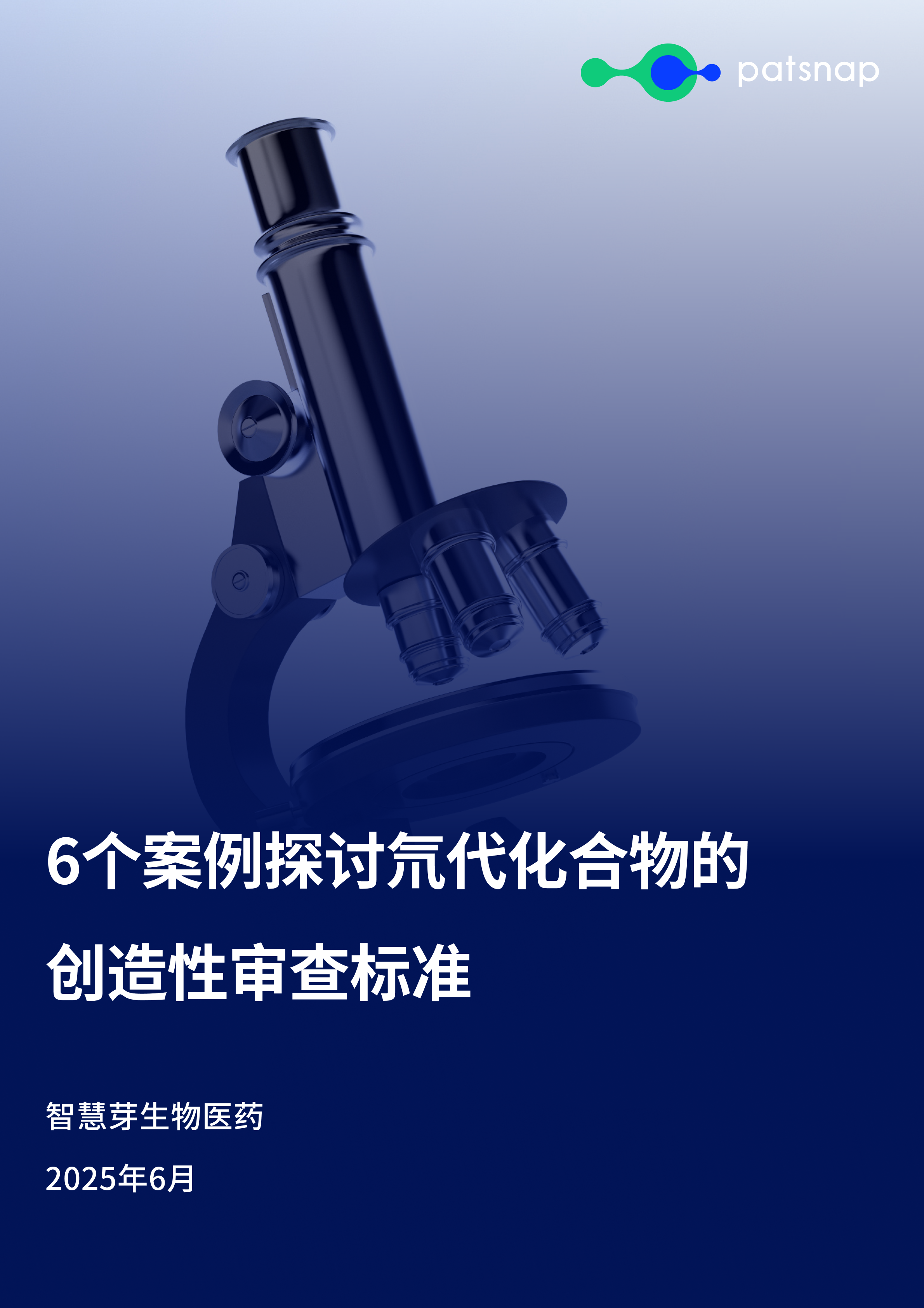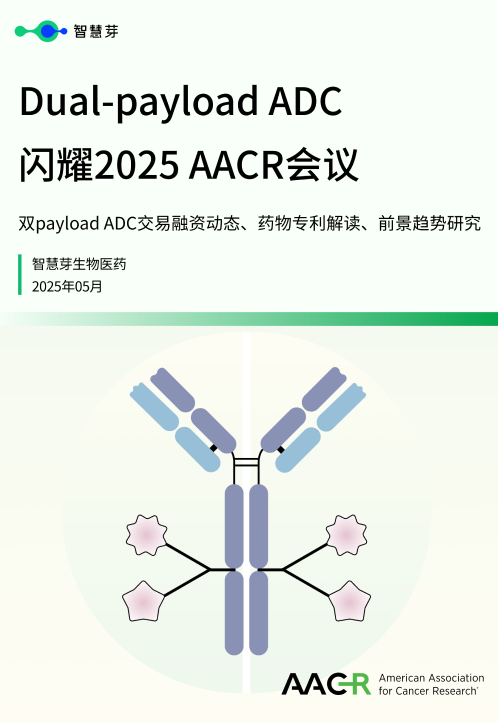预约演示
AI speeds up identification brain tumor type
2023-10-11
What type of brain tumor does this patient have? AI technology helps to determine this as early as during surgery, within 1.5 hours. This process normally takes a week. The new technology allows neurosurgeons to adjust their surgical strategies on the spot.
What type of brain tumor does this patient have? AI technology helps to determine this as early as during surgery, within 1.5 hours. This process normally takes a week. The new technology allows neurosurgeons to adjust their surgical strategies on the spot. Today, researchers from UMC Utrecht and researchers, pathologists and neurosurgeons from the Princess Máxima Center for pediatric oncology and Amsterdam UMC have published about this study in Nature.
Every year, 1,400 adults and 150 children are diagnosed with a tumor in the brain or spinal cord in the Netherlands. Surgery is often the first step taken in treatment. Currently, during surgery, neurosurgeons do not precisely know what type of brain tumor and what degree of aggressiveness they are dealing with. The exact diagnosis will usually only be available one week after surgery, after the tumor tissue has been visually and molecularly analyzed by the pathologist.
Deep-learning algorithm
Researchers from UMC Utrecht have developed a new 'deep-learning algorithm', a form of artificial intelligence, which significantly speeds up diagnosis.
Jeroen de Ridder, research group leader within UMC Utrecht and Oncode Institute: "Recently, Nanopore sequencing became available: a technology that helps to read DNA in real time. For this, we developed an algorithm that is equipped to learn from millions of simulated realistic 'DNA snapshots'. With this algorithm, we can identify the tumor type within 20 to 40 minutes. And that is fast enough to directly adjust the surgical strategy, if necessary."
Tested and trained with biobank
Bastiaan Tops is in charge of the Pediatric Oncology Laboratory at the Princess Máxima Center. He brought together the new technology and the needs from the operating room. This was made possible by funding from the KiKa foundation and, more specifically, to the extensive biobank that the Máxima Center has maintained for years. Among other things, this biobank stores tissue from children with brain tumors. The algorithm was trained and tested using the biobank.
"That we can now determine the type of brain tumor as soon as during surgery shows how technology can speed up diagnostics. And how we can use an existing biobank to develop new technology," Tops says.
Used during surgery
Consequently, the whole procedure was also carried out several times during actual brain surgeries, from taking the tissue in the operating room to determining the tumor type. In Utrecht, this happened with children, and in Amsterdam with adults. Total length of the procedure: 60 to 90 minutes.
The Princess Máxima Center has decided that the results of the technique are sufficiently reliable and is already using it with children for whom the outcome may determine the surgical strategy. Amsterdam UMC will also use the technique in daily practice, to help them speed up diagnosis.
Eelco Hoving, pediatric neurosurgeon and clinical director of neuro-oncology at the Máxima Center, is excited about the possibilities of DNA analysis during surgery: "During surgery, a small remnant of tumor tissue is sometimes deliberately left behind to prevent neurological damage. But if it will later turn out, for example, that the tumor is very aggressive, a second surgery may still be necessary to remove that last remnant. This will again create risks and stress for patients and their families. This can be avoided now because we will already know during the first surgery what type of tumor we are dealing with."
Jeroen de Ridder: "It is wonderful that we have been able to actually make the step into clinical practice by combining all areas of expertise, from basic researchers to pathologists and surgeons. By doing so, we can help surgeons to optimize the outcome of brain tumor surgery."
Comparative research
To use the new technique even more widely and structurally, more research is needed. For instance, more tumor types should be added to the algorithm. In this way, international standards will be met, allowing comparison of data. Also, the outcomes of the new and current (lengthier) method will be further compared, in collaboration with other (inter)national centers. This should make clear whether the new method will also contribute to patients' quality of life in the long term.
更多内容,请访问原始网站
文中所述内容并不反映新药情报库及其所属公司任何意见及观点,如有版权侵扰或错误之处,请及时联系我们,我们会在24小时内配合处理。
靶点
-药物
-Eureka LS:
全新生物医药AI Agent 覆盖科研全链路,让突破性发现快人一步
立即开始免费试用!
智慧芽新药情报库是智慧芽专为生命科学人士构建的基于AI的创新药情报平台,助您全方位提升您的研发与决策效率。
立即开始数据试用!
智慧芽新药库数据也通过智慧芽数据服务平台,以API或者数据包形式对外开放,助您更加充分利用智慧芽新药情报信息。





